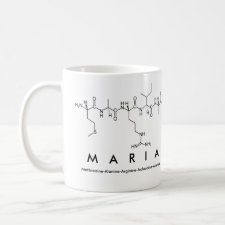
Authors: Pesavento M, Marchetti S, De Maria L, Zeni L, Cennamo N
Article Title: Sensing by Molecularly Imprinted Polymer: Evaluation of the Binding Properties with Different Techniques.
Publication date: 2019
Journal: Sensors
Volume: 19
Issue: (6)
Article Number: 1344.
DOI: 10.3390/s19061344
Alternative URL: https://www.mdpi.com/1424-8220/19/6/1344
Abstract: The possibility of investigating the binding properties of the same molecularly imprinted polymer (MIP), most probably heterogeneous, at various concentration levels by different methods such as batch equilibration and sensing, is examined, considering two kinds of sensors, based respectively on electrochemical and surface plasmon resonance (SPR) transduction. As a proof of principle, the considered MIP was obtained by non-covalent molecular imprinting of 2-furaldehyde (2-FAL). It has been found that different concentration ranges of 2-FAL in aqueous matrices can be measured by the two sensing methods. The SPR sensor responds in a concentration range from 1 × 10-4 M down to about 1 × 10-7 M, while the electrochemical sensor from about 5 × 10-6 M up to about 9 × 10-3 M. The binding isotherms have been fit to the Langmuir adsorption model, in order to evaluate the association constant. Three kinds of sites with different affinity for 2-FAL have been detected. The sites at low affinity are similar to the interaction sites of the corresponding NIP since they have a similar association constant. This is near to the affinity evaluated by batch equilibration too. The same association constant has been evaluated in the same concentration range. The sensing methods have been demonstrated to be very convenient for the characterization of the binding properties of MIP in comparison to the batch equilibration, in terms of reproducibility and low amount of material required for the investigation
Template and target information: 2-furaldehyde, 2-FAL
Author keywords: molecularly imprinted polymer, synthetic biomimetic receptors, 2-furaldehyde, Binding isotherms, electrochemical sensing tools, surface plasmon resonance sensing tools



Join the Society for Molecular Imprinting

New items RSS feed
Sign-up for e-mail updates:
Choose between receiving an occasional newsletter or more frequent e-mail alerts.
Click here to go to the sign-up page.
Is your name elemental or peptidic? Enter your name and find out by clicking either of the buttons below!
Other products you may like:
 MIPdatabase
MIPdatabase









